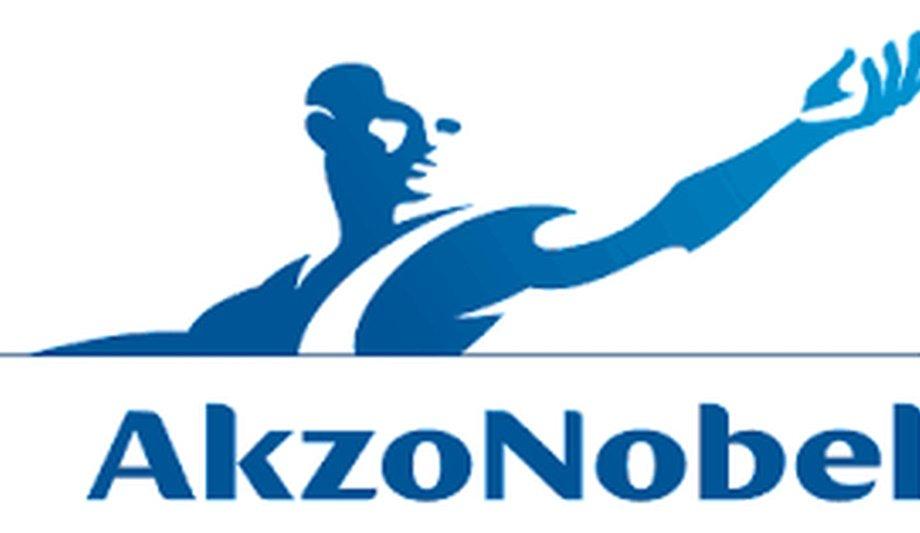AkzoNobel is supporting the marine industry to mitigate emissions and help shipowners navigate upcoming additional costs, or risk facing an additional six-figure levy annually once new EU Emissions Trading Scheme (ETS) legislation comes into force from 2024.
The EU ETS carbon levy will affect all CO2 emissions on shipping journeys to and from an EU port, including when the vessel is docked. Emissions on voyages in and out of the EU will be ‘taxed’ at 50% unless the journey is less than 300 nautical miles where a 100% tariff applies. Methane and nitrous oxide will also come under the scheme from 2026.
AkzoNobel’s marine coatings
The carbon tax is about $85 per tonne of CO2 emitted and under the plan, fines will increase over time with an initial allowance of 45% of emissions paid from next year increasing to 75% in 2025, and moving up to 100% from 2026.
AkzoNobel’s marine coatings business has been working with its customers to navigate these latest changes to both law and emission charges, as part of an ambition to lead the way in decarbonising the marine industry. While the industry is aware of the scheme, many could be unaware of the sheer impact that the choice of the right coating could have on this levy and their vessels' performance.
New technological advancements
Almost never-ending line of technological progress that promise to help in cutting emissions
“The goal of the new legislation is to compel ship owners to actively reduce their CO2 emissions”, explains Chris Birkert, AkzoNobel Marine’s Coatings Segment Manager. “Shipowners are facing a wide range of legislative changes already and there is more on the horizon with the IMO indicating that they will bring their own additional measures in to drive essential reductions in CO2 emissions."
“In response, there is an almost never-ending line of new technological advancements that promise to help in cutting emissions. However, through our advanced data scientist capabilities, we’ve been looking to model these changes alongside our coatings schemes to calculate the real financial impact that specifying the right coatings scheme can make."
International® HullCare package
“We already know, from years of in-service track record, that Intercept® 8500LPP, for example, can deliver a high level of fuel savings. However, this combined with the work our data scientists have delivered puts this into real terms and is aligned with the guidance of changing legislation."
“Our International® HullCare package helps shipowners to accurately track, maintain and report on hull performance and when matched with our most technologically advanced coatings, Intercept® 8500 and Intersleek® 1100SR, we are able to demonstrate beyond doubt both the reduction on CO2 and the fuel saving, which outweighs the initial cost of investment over a five-year period."
Use of the right coatings schemes
Actively with shipowners who are already hitting the CO2 targets and are reaping the benefits"
“We’re actively working with shipowners who are already hitting the CO2 targets and are reaping the benefits commercially - including making a saving of more than $550,000 in fuel across the five-year period.
We’re inviting other owners and operators within the industry to work with us on how best to hit their own emissions targets via the use of the right coatings schemes and hull performance package.”
Fit for 55 plan
The EU is on a mission to decarbonise the marine industry as part of their ‘Fit for 55’ plan, which aims to reduce greenhouse gas emissions by at least 55% by 2030 compared to 1990 levels.
It comes after the Energy Efficiency Index and Carbon Intensity Indicator, which measures CO2 efficiency on vessels, were brought in as part of the decarbonisation agenda.
